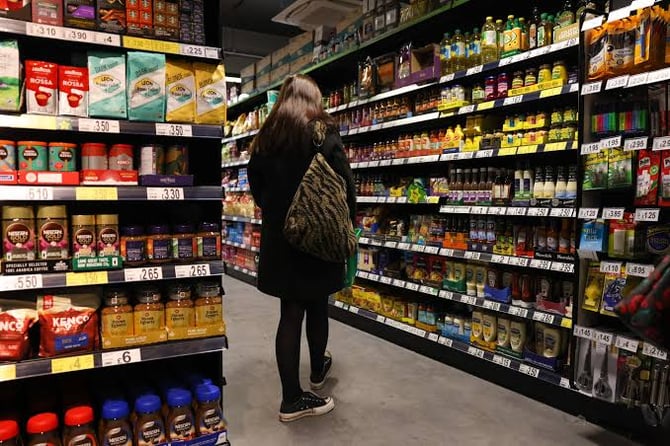UK Inflation Remains Steady, Defying Expected Rise

The UK's inflation rate for January held its ground at 4%, defying analysts' forecasts of a climb to 4.2%, according to the Office for National Statistics (ONS). This figure, which is double the 2% target set by the Bank of England, comes amidst a backdrop of increasing gas and electricity bills, significantly influencing the inflation rate. However, this impact was balanced out by a decline in furniture, food, and non-alcoholic drinks costs.
The ONS highlighted that the energy sector saw prices surging due to the uplift in the energy price cap, marking a stark contrast to the previous year's trends. Additionally, the market observed a rare increase in second-hand car prices, the first since May of the previous year.
On the flip side, furniture and household goods witnessed a notable price drop, surpassing last year's figures, while food prices declined for the first time in over two years.
In response to the stable inflation rate, UK Finance Minister Jeremy Hunt emphasized the overarching downward trend of inflation, which has shown significant progress from a high of 11% to the current rate.
What Does This Mean for Me?
Hunt shared the Bank of England's optimistic forecast, which anticipates a reduction in inflation to approximately 2% in the coming months. This is in light of the Bank's decision to elevate borrowing costs to a 16-year high, an effort aimed at mitigating the inflation surge.
Analysts now see potential for the central bank to lower its principal interest rate from 5.25% soon, with expectations pointing towards a rate cut as early as May.
More News

India’s Inflation Dip Strengthens Case for RBI Easing
16 hours ago

Europe Rallies as Shutdown Eases, Earnings Impress
1 day ago

Germany’s Trade Surplus Slides as Imports Outpace Exports
2 days ago

Markets Rally as US Moves Toward Ending Prolonged Shutdown
3 days ago

China’s Export Decline Highlights Strain in US Trade Relations
6 days ago
.webp)
Canada’s Budget Falls Short of Economic Breakthrough
1 week ago

OpenAI and Amazon Combine for AI Powerplay
1 week ago

Saudi Arabia Channels Oil Wealth into a $3 Billion AI Power Play
1 week ago